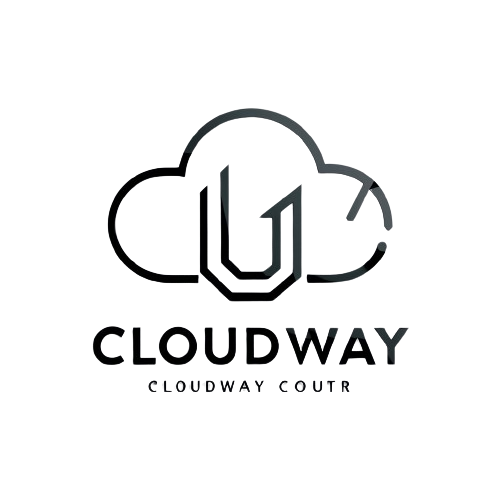In today’s digital age, software has become an indispensable tool in various aspects of our lives, from communication and entertainment to education and business. However, as Software & App Development continues to evolve and proliferate, it’s essential to recognize and address the barriers that can hinder accessibility and inclusivity for certain groups of users. These barriers, often unintentional, can significantly impact individuals with disabilities, older adults, non-native speakers, and others who may face challenges in using conventional software interfaces.
Understanding Software Barriers
Software barriers encompass a wide range of obstacles that impede users from fully accessing and utilizing digital applications. These barriers can manifest in different forms:
- Physical Barriers: Physical disabilities such as motor impairments can make it challenging for individuals to interact with software using traditional input devices like keyboards and mice. Lack of support for alternative input methods such as voice commands or gesture recognition can exacerbate these barriers.
- Cognitive Barriers: Complex user interfaces, cluttered layouts, and confusing navigation can pose significant challenges for users with cognitive impairments or learning disabilities. Software that lacks clear instructions, intuitive design, or customizable settings may exclude these users from accessing its full functionality.
- Sensory Barriers: Visual and auditory impairments can impact users’ ability to perceive information presented in software interfaces. Insufficient contrast, small font sizes, and reliance on audio cues without alternative text-based options can make software inaccessible to individuals with sensory disabilities.
- Language Barriers: Language diversity is another aspect often overlooked in software design. Non-native speakers or users with limited proficiency in the software’s primary language may struggle to understand instructions, labels, and other textual content, hindering their ability to effectively use the software.
Overcoming Software Barriers
Addressing software barriers requires a proactive approach that prioritizes accessibility and inclusivity in the design and development process. Here are some strategies to consider:
- Inclusive Design: Adopting inclusive design principles involves considering diverse user needs from the outset and designing software interfaces that accommodate a wide range of users. This includes providing multiple pathways to accomplish tasks, offering customizable settings, and ensuring compatibility with assistive technologies.
- User Testing and Feedback: Engaging users with disabilities in the testing process can provide valuable insights into the accessibility of software and identify areas for improvement. Soliciting feedback from diverse user groups throughout the development lifecycle allows developers to iteratively refine their designs and address potential barriers.
- Accessibility Standards and Guidelines: Familiarize yourself with accessibility standards such as the Web Content Accessibility Guidelines (WCAG) and incorporate them into your software development practices. These guidelines provide a framework for creating accessible digital content and can help ensure compliance with legal requirements and industry best practices.
- Educational Resources: Invest in training and awareness programs to educate software developers, designers, and other stakeholders about the importance of accessibility and how to implement inclusive design practices. Empowering teams with the knowledge and tools necessary to address software barriers fosters a culture of accessibility within organizations.
- Collaboration and Community Engagement: Partnering with advocacy groups, accessibility experts, and other stakeholders can provide valuable resources and insights to inform the development of more inclusive software. Engage with the broader accessibility community to stay informed about emerging trends, technologies, and best practices in the field.
Conclusion
Breaking down software barriers is not only a moral imperative but also a strategic opportunity for organizations to reach a broader audience and enhance user satisfaction. By embracing inclusive design principles, leveraging user feedback, adhering to accessibility standards, and fostering collaboration within the accessibility community, developers can create software that is more accessible, usable, and ultimately empowering for all users, regardless of their abilities or backgrounds. As technology continues to advance, let’s ensure that no one is left behind by the barriers of inaccessible software.


